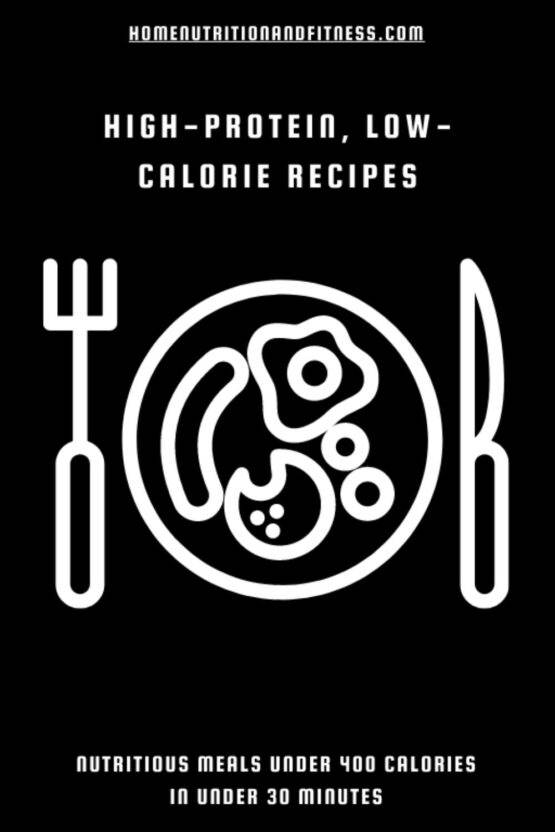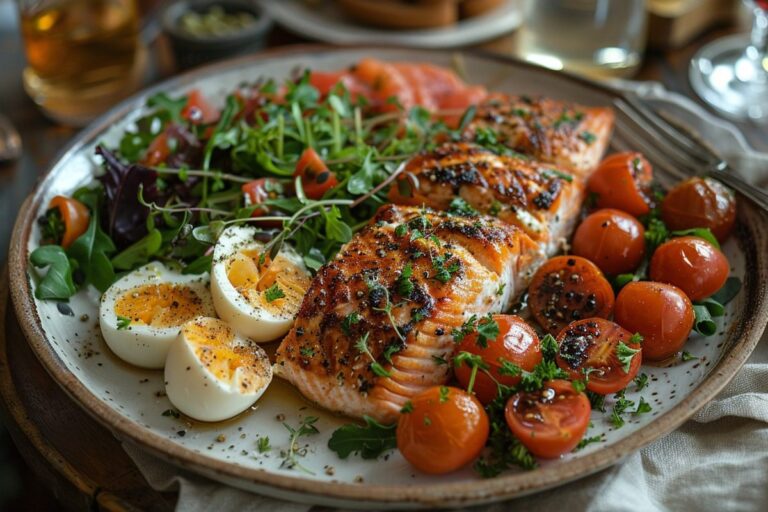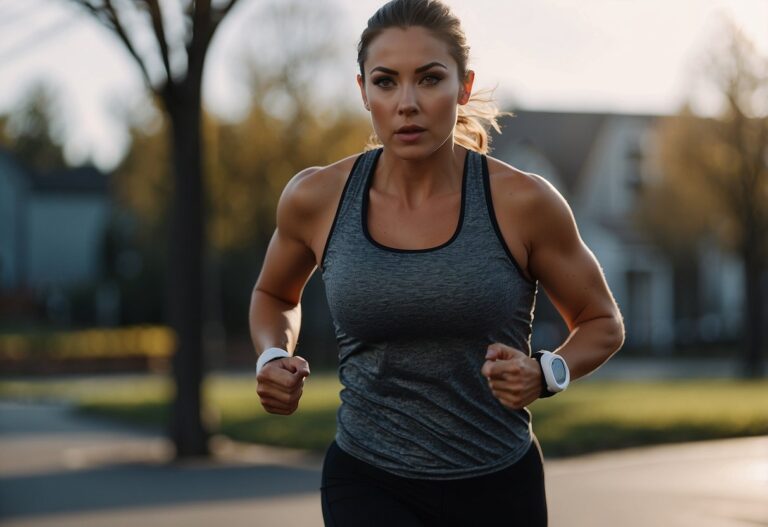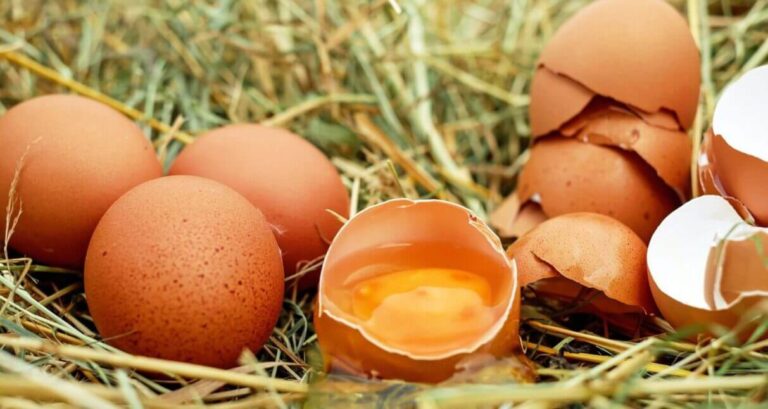Have you ever felt frustrated because you’re eating healthy foods but still not losing weight? Many people find themselves in this situation, struggling to see progress on the scale despite their best efforts. This can be incredibly discouraging, especially when you believe you’re making all the right choices.

Some healthy foods can actually work against your weight loss goals. Knowing which foods these are can make a huge difference. By identifying and adjusting your diet, you might unlock the key to achieving your desired weight more effectively.
Granola
Granola might seem like a healthy choice for breakfast or a snack, but you need to watch how much you eat. It’s packed with oats, nuts, and dried fruit which are good for you. Yet, many granola brands are also filled with sugar and saturated fat. This can add extra calories to your diet.
When you’re trying to lose weight, these hidden calories can be a problem. Because granola is crunchy and tasty, it’s easy to eat more than you should. Some granola brands can have as much as 220 calories per half-cup.
Make sure to check the label for sugar and fat content. Some brands do a better job of keeping these in check. If you love granola, try to find low-calorie options or even make your own at home.
Avocado

Avocados often get a lot of praise for their health benefits. They are rich in vitamins, minerals, and healthy fats. However, it’s important to remember that they are also very calorie-dense. Just half an avocado can pack around 160 calories.
You might think avocados are the perfect addition to every meal, but too much can hinder weight loss. Even though they contain fibre and omega-3 fats that can help you feel full, overindulging can lead to consuming more calories than you need.
If you love avocados, try to enjoy them in moderation. Balance them with other foods and be mindful of portion sizes to make sure they fit into your daily calorie goals.
Fruit Juices
You might think that drinking fruit juice is a healthy way to lose weight, but that’s not always true. Many fruit juices are high in sugar and calories, which can lead to weight gain.
Even freshly squeezed juices like orange or apple juice contain a lot of natural sugars. These sugars can spike your blood sugar levels quickly, causing you to feel hungry sooner.
Some juices, such as grapefruit juice, contain compounds that may help with weight loss. However, drinking too much can still add extra calories to your diet.
Consider eating whole fruits instead. Whole fruits have fibre, which helps you feel full longer and prevents blood sugar spikes.
Low-Fat Yoghurt
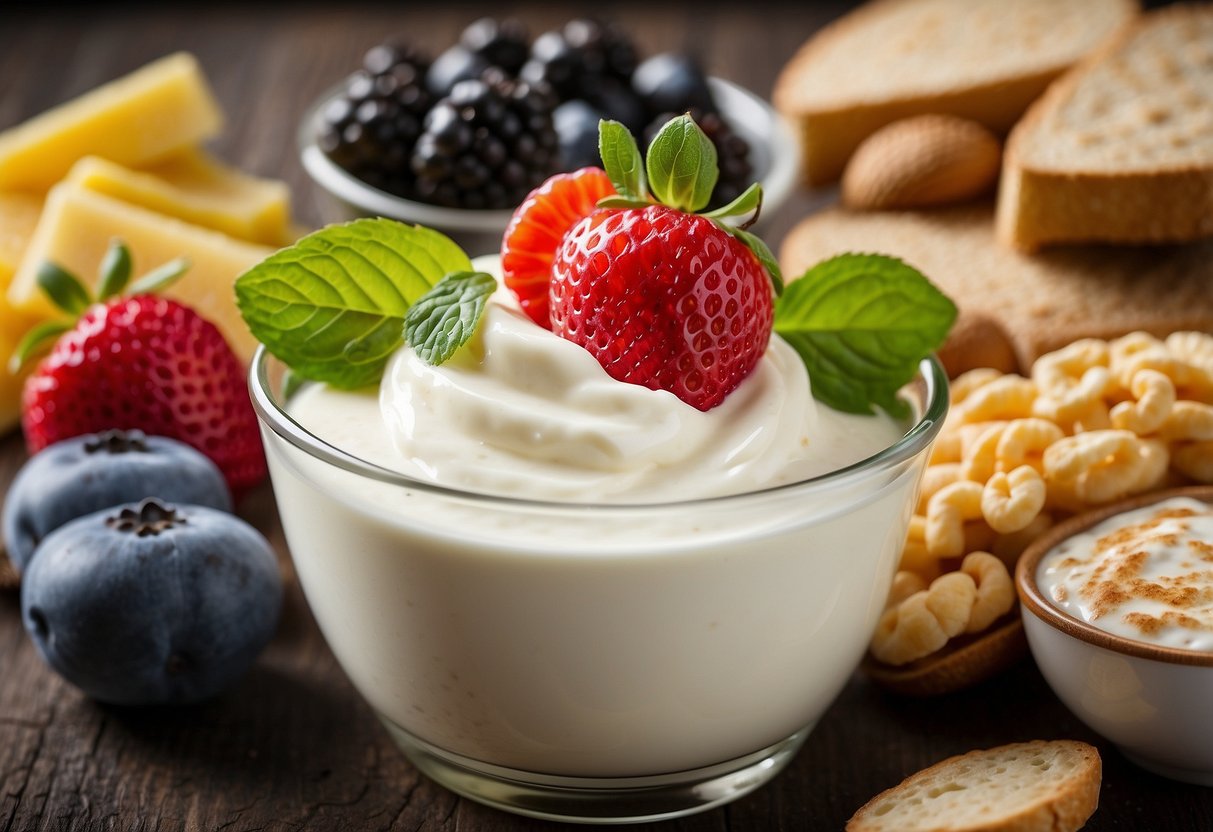
You might think low-fat yoghurt is a healthy choice for weight loss. It’s easy to believe that cutting out fat equals fewer calories. While it’s true that low-fat yoghurts have less fat, they often contain more sugar to improve taste. This added sugar can actually hinder your weight loss efforts.
When choosing yoghurt, be sure to read the labels. Many low-fat options have sweeteners or additives. These can increase calorie content and affect your diet. Instead, consider plain Greek yoghurt. It has a high protein content and keeps you full longer, unlike sugary low-fat versions.
Stay aware of what’s in your yoghurt. Making informed choices helps you achieve your weight loss goals. For more tips, check out this guide on how yoghurt can affect your weight journey.
Dried Fruit
You might think dried fruit is a healthy snack, but it can actually stop you from losing weight. Although dried fruits like raisins and apricots are packed with nutrients, they also contain a lot of sugar.
For example, dried bananas are a good source of fibre, supporting gut and heart health. However, they also provide a significant amount of calories due to their concentrated sugar content.
Since dried fruit has less water, the natural sugars become more concentrated. This means you may end up consuming more sugar than you realise, which can hinder your weight loss goals.
Whole Wheat Bread
Many people believe that whole wheat bread is a healthier choice for weight loss. It’s seen as better than white bread because it’s made from whole grains.
Whole wheat bread does have more fibre and nutrients than white bread. Despite this, some studies show that it might not be the best option if you’re trying to lose weight.
Research indicates that rye bread could be healthier for weight loss. Rye bread has been found to be more effective in keeping you full and reducing appetite compared to wheat bread.
Protein Bars
Protein bars seem like a go-to snack for anyone trying to lose weight. They’re convenient and marketed as healthy.
Many protein bars are high in calories and added sugars. Even though they pack protein, they might hinder your weight loss.
Some protein bars have as many calories as a small meal but without the same nutritional benefits.
Look for bars with minimal added sugars and high fibre to keep you fuller for longer.
Considering your goals, checking labels can help you find the right balance.
Smoothies

You might think smoothies are your best friend when it comes to healthy eating. They can be, but they can also secretly hold you back from losing weight.
Some commonly used ingredients, like bananas and peanut butter, can add up in calories. Even if each ingredient seems healthy, the calories can add up quickly.
Consider what you’re adding to your smoothie. Things like Greek yoghurt, honey, or even fruit juices can add hidden sugars and fats. These can be sneaky and can hinder your weight loss goals.
Even so-called “weight loss smoothies” might be packed with ingredients that aren’t as helpful as they appear. Some smoothie recipes are loaded with sugar-rich fruits, which might spike your blood sugar levels, making you hungrier later.
Gluten-Free Snacks
You might think that gluten-free snacks are automatically healthier, but that’s not always the case. Some gluten-free foods are high in calories, sugar, and unhealthy fats, which can hinder your weight loss goals.
For example, many gluten-free bars mix ingredients like nuts, seeds, and sweeteners. These can be tasty and convenient, but they often pack more calories than you’d expect.
A simple combination of avocado and black beans can be a healthy and filling alternative. Try mixing cubed avocado with black beans, along with some onion, cilantro, lime juice, salt, and pepper for a delicious snack.
Do-it-yourself trail mix can be another great option. Combine nuts, seeds, and dried fruit to create a balanced snack that’s both tasty and nutritious. But be mindful of portions to avoid consuming too many calories.
Reduced-Fat Peanut Butter
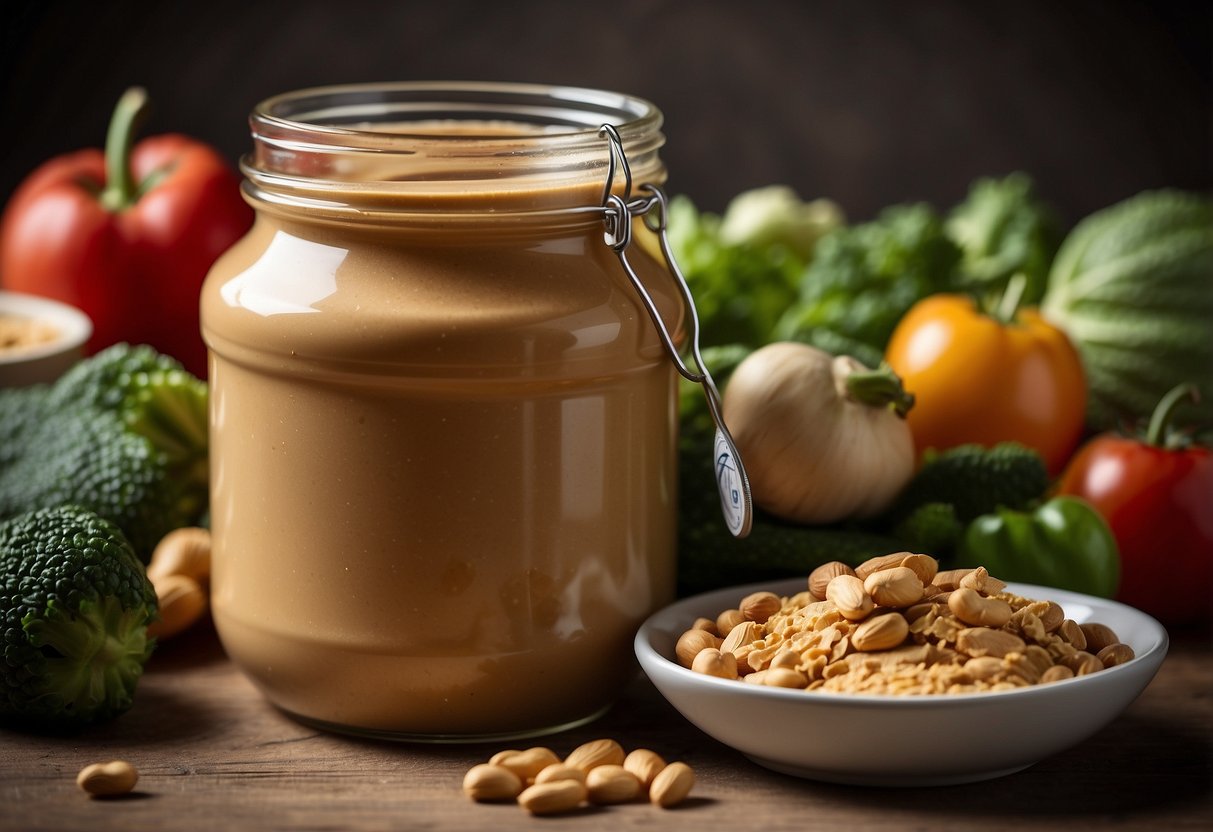
Reduced-fat peanut butter often sounds like a healthier choice, but it isn’t always the best option. The problem with reduced-fat versions is that manufacturers replace the fat with sugars and other fillers, which can make it less nutritious.
When you choose reduced-fat peanut butter, you might think you’re doing your waistline a favour. Yet, natural peanut butter contains healthy, unsaturated fats, which are filling and beneficial for your heart.
Reduced-fat options might leave you feeling less satisfied, making it harder to control your appetite. So when it comes to peanut butter, sticking with the all-natural, full-fat variety can be the better choice.
Vegetable Crisps
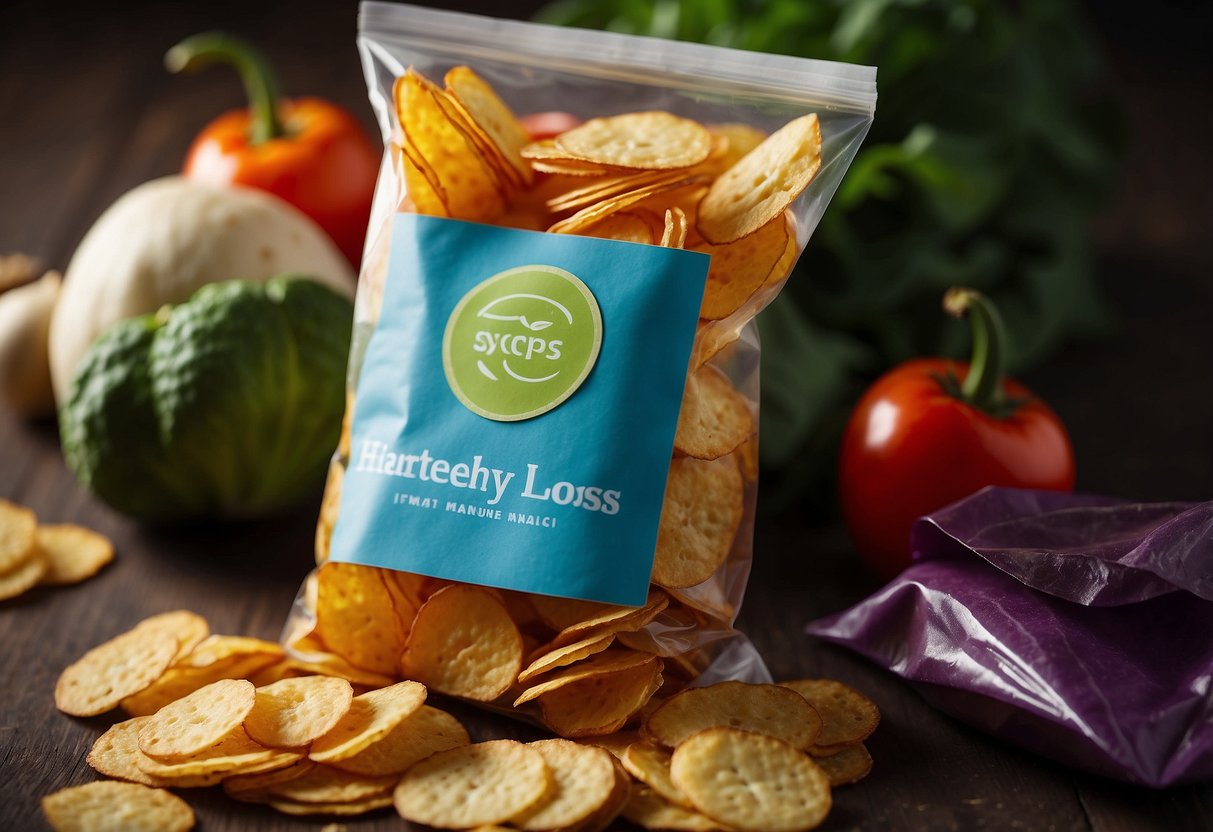
You might think vegetable crisps are a healthy alternative to regular potato crisps. While they can be a better choice, they’re not always as healthy as they seem. Many veggie crisps are still fried and packed with salt, which can sabotage your diet.
Some veggie crisps, like sweet potato chips, do offer added nutrients. Sweet potatoes are a good source of vitamin A and fibre, as noted in Eat This. However, they can still be high in calories and fats.
Remember to check the nutritional information carefully. Veggie crisps can be just as processed and calorie-dense as regular crisps. Choose options that are baked, low in sodium, and made with whole vegetables. Look for brands that keep the ingredients simple and avoid excess oil and salt.
Common Misconceptions About Healthy Foods
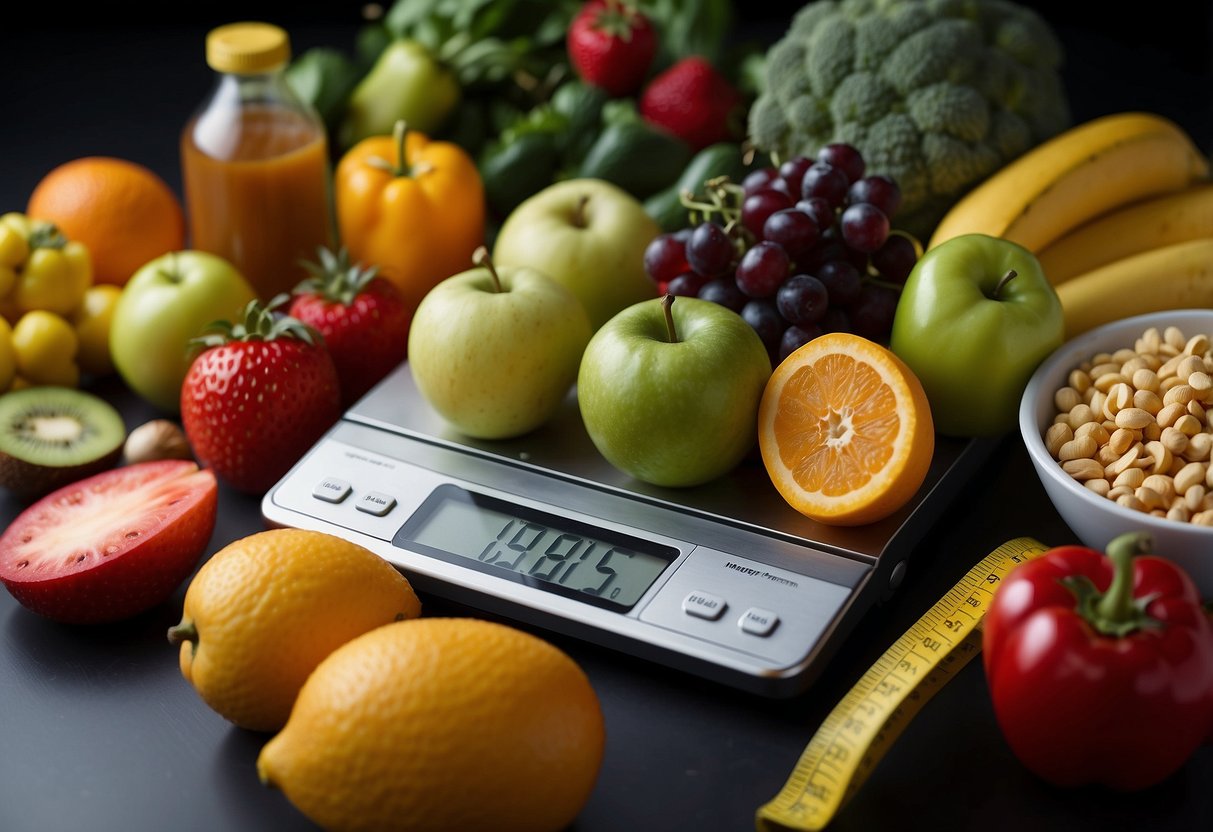
Many foods marketed as “healthy” may not actually help with weight loss. It’s important to look beyond labels and understand their true nutritional value.
Misleading Marketing Labels
Labels can be deceptive. Many products claim to be “low-fat,” “sugar-free,” or “natural,” but these terms don’t always mean the food is good for you. For example, “low-fat” foods might have added sugars to improve taste, increasing the calorie count.
Similarly, “natural” doesn’t guarantee a product is healthy. Some natural products are high in sugar or calories, making it difficult to manage your weight. Read ingredient lists carefully to truly know what you’re consuming. Avoid products that list sugar or its many forms among the top ingredients.
Sometimes, foods are fortified with vitamins and minerals to appear healthier. While fortified foods can be beneficial, they don’t replace a balanced diet. Aim for whole foods like fruits, vegetables, and lean proteins rather than relying on processed items with healthy-sounding labels.
Understanding Nutritional Density
Nutritional density refers to the amount of nutrients per calorie in a food. Foods low in calories might not provide enough vitamins, minerals, or other nutrients. For instance, diet sodas are low in calories but offer no substantial nutrients. They also often contain artificial sweeteners, which can have various side effects.
Conversely, some higher-calorie foods, like nuts or avocados, are nutrient-dense. They provide essential fats, proteins, and vitamins that help keep you full and fuel your body. It’s better to include moderate amounts of nutrient-dense foods in your diet rather than only focusing on low-calorie options.
Choose foods that offer more nutritional value per calorie, such as leafy greens and whole grains. These help maintain energy levels and support overall health. Be mindful that balance is key to a healthy diet.
The Role of Portion Control
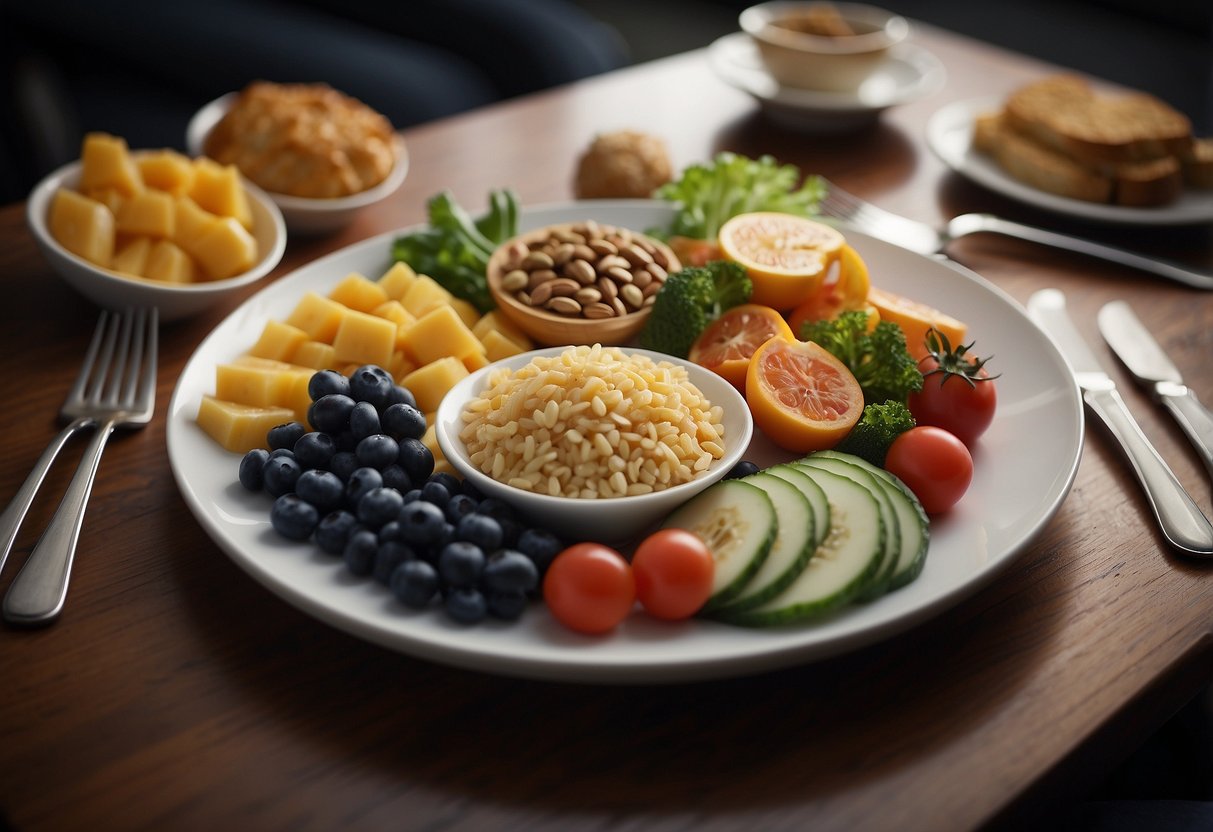
Portion control plays a critical role in weight management, especially when it comes to healthy foods. Even nutritious options can lead to weight gain if consumed in large quantities.
Caloric Overload from Healthy Foods
It’s easy to assume that because a food is healthy, you can eat as much of it as you like. This misconception can lead to a caloric overload. For instance, nuts and avocados are packed with nutrients but are also high in calories. Eating a handful of nuts might be fine, but snacking on them throughout the day can add up.
Portion control helps you enjoy these foods without overindulging. Using smaller plates and measuring portions can make a significant difference. For example, instead of eating from the bag, measure out a single serving of nuts. This simple step can help you stay mindful of how much you’re consuming and avoid unintentional overeating.
You could also be eating large portions of other healthy foods like whole grains or fruits. Though they are good for you, it’s key to remember that they still add up calorie-wise. Checking food labels for serving sizes can keep you eating the right amount.
Balancing Macronutrients
Portion control isn’t just about calories; it’s also about balancing macronutrients. Healthy foods can still be high in fats, carbs, or proteins. If you eat too many carbs or fats, even if they’re the healthy kind, it can disrupt your diet balance. For instance, loading your plate with a lot of whole grain pasta may give you too many carbs for one meal.
Balancing your portions ensures you get the right mix of macronutrients. Think about having equal portions of vegetables, protein, and whole grains at each meal. This balance helps keep your energy levels steady and supports weight loss.
You can also track your portions and macronutrients with food diaries or apps. This can reveal patterns in your eating habits that you might not notice otherwise. Balancing macronutrients can support better health and weight management while still letting you enjoy foods you love.
Impact of Sugars and Carbohydrates

Eating certain sugars and carbohydrates may seem harmless, but they can sneakily hinder your weight loss efforts. Knowing where these sugars hide and choosing the right types of carbs can make a big difference.
Hidden Sugars in Supposedly Healthy Foods
Many foods marketed as healthy actually contain hidden sugars that can sabotage your diet. For example, fat-free yoghurts often have added sugar to make up for the taste lost when fat is removed. This can lead to consuming more sugar than you realise. Even granola bars, which seem like a healthy snack, can be packed with sugar.
Fruit juices and smoothies are another trap. While they seem healthy due to their fruit content, they often contain added sugars and lack the fibre found in whole fruits. This can lead to spikes in your blood sugar levels, making it harder to lose weight. Always check the labels for added sugars or sweeteners to make more informed choices.
Refined Carbs vs Whole Foods
Refined carbohydrates like white bread, pasta, and pastries can be major roadblocks in your weight loss journey. These foods are processed to remove bran and germ. As a result, they lack fibre and essential nutrients. Eating them causes rapid spikes and drops in blood sugar, leading to hunger and overeating later.
In contrast, whole foods like whole grains, fruits, and vegetables are rich in fibre and nutrients. They help you feel full longer and provide steady energy. Swapping white rice for brown rice, and choosing whole grain bread instead of white bread, can be small changes that make a big difference to your weight loss plan. Opting for these whole foods can support steady weight management and better health overall.

